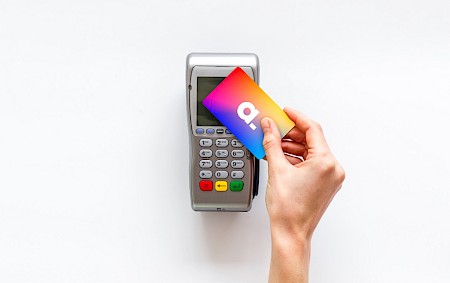Get the latest updates
Follow @allpay_cards on XGone are the days of swiping your card and signing, making inconvenient trips to get cash out, or even inserting your card and entering your pin, as recent major headlines state that more than a third of all card payments are now settled with a tap.
The fast and secure contactless functionality came into play nearly a decade ago, but has become increasingly popular in more recent years. Currently, over 100 million contactless cards have been issued in the UK alone, which is a 20.6% increase on the figure from one year ago. Also, as it stands, nearly 500 thousand bank-owned terminals are supporting the function and allowing people to use the quick and easy method.
Contactless is a functionality that is available on a range of devices, including pre-paid, debit, charge and credit cards, as well as stickers, key fobs and mobile devices. Innovatively, contactless is now even available on wearable devices, such as watches and wristbands, which means payments are even easier for consumers and as a result, wallets and purses are not always needed.
There are three clear benefits to the contactless functionality, it’s fast, easy and secure. Overall, they’ve been designed to make life easier for consumers – cash is no longer needed and it’s simple to track your purchases.
allpay Ltd started producing contactless cards in 2014, when the prepaid market started to require the functionality, which is around the time the method became increasingly popular in the marketplace and with consumers. 3 years on, the production team are now producing on average 1.1 million contactless cards per year, which is a figure that has and will continue to increase year on year.
There has been controversy around the security of contactless, but they are in fact highly secure and have the same protection as chip and PIN payments, making them safer than carrying cash. Low statistics show that contactless payment technology performs impressively when it comes to fraud and also, the recent high usage figures show that initial suspicion proves to be dying out.






